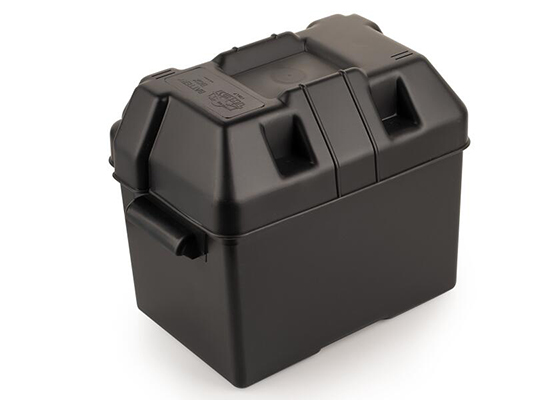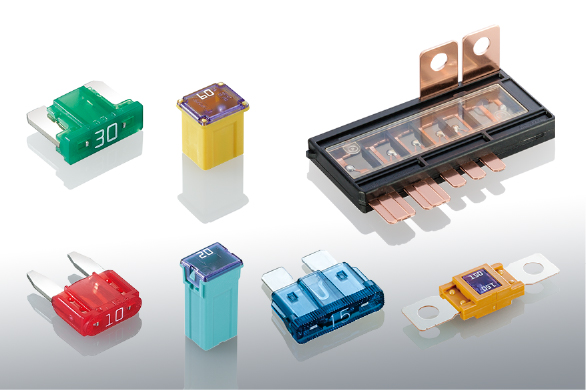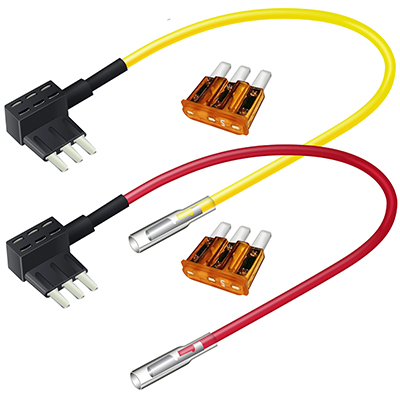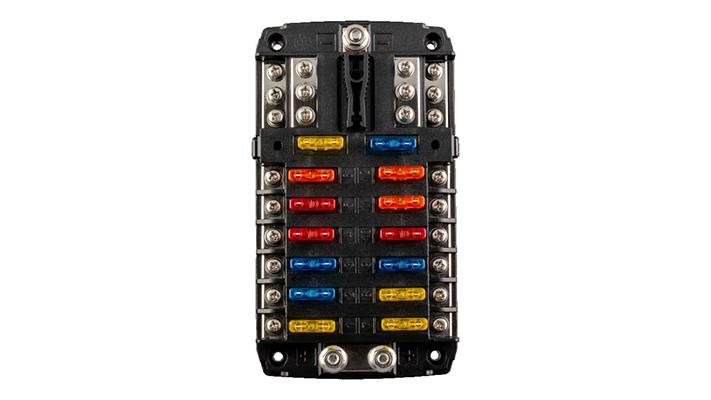Comprehensive Guide to DIY Repairs for Cracks in Automotive Battery Enclosures
News 2025-10-20
Cracks in car battery boxes pose significant risks, including acid leaks and electrical failures that can affect vehicle safety. These issues often stem from factors like road vibrations, thermal expansion, or accidental impacts during handling. By addressing minor damages at home, vehicle owners can avoid costly professional services while maintaining battery integrity. This approach is particularly useful in everyday scenarios, such as during routine maintenance or after minor accidents, offering a practical way to extend component life and ensure reliable performance.

Identifying and Assessing Cracks
Proper identification is key to effective repairs. Cracks typically occur due to material fatigue or environmental stress, and they can be spotted through visual inspections using a bright light to reveal fine lines or gaps in the plastic casing. Assess the damage by checking for depth and length; superficial cracks under an inch may be suitable for home fixes, while deeper fissures could indicate the need for replacement. This step ensures that repairs are targeted and efficient, enhancing the overall durability of the battery enclosure in demanding automotive applications.
Step-by-Step Repair Techniques
Effective home repairs involve simple tools and materials like epoxy resin, sandpaper, and cleaning solvents. Start by cleaning the cracked area thoroughly to remove dirt and residue, then apply the epoxy with a focus on even coverage and reinforcement if needed. Allow the repair to cure fully, often requiring 24 hours, to achieve a strong bond that withstands vibrations and temperature changes. This method not only restores the battery box’s protective function but also improves its resistance to future wear, making it a cost-effective solution for everyday vehicle maintenance.
Frequently Asked Questions
1. What materials work best for small crack repairs?
Epoxy resin offers excellent adhesion and chemical resistance for durable fixes.
2. Is it safe to drive after a home repair?
Yes, but only after the repair has fully cured to avoid any risk of failure.
3. How can I prevent cracks from recurring?
Regular inspections and using protective covers can minimize stress and extend the battery box’s lifespan.


